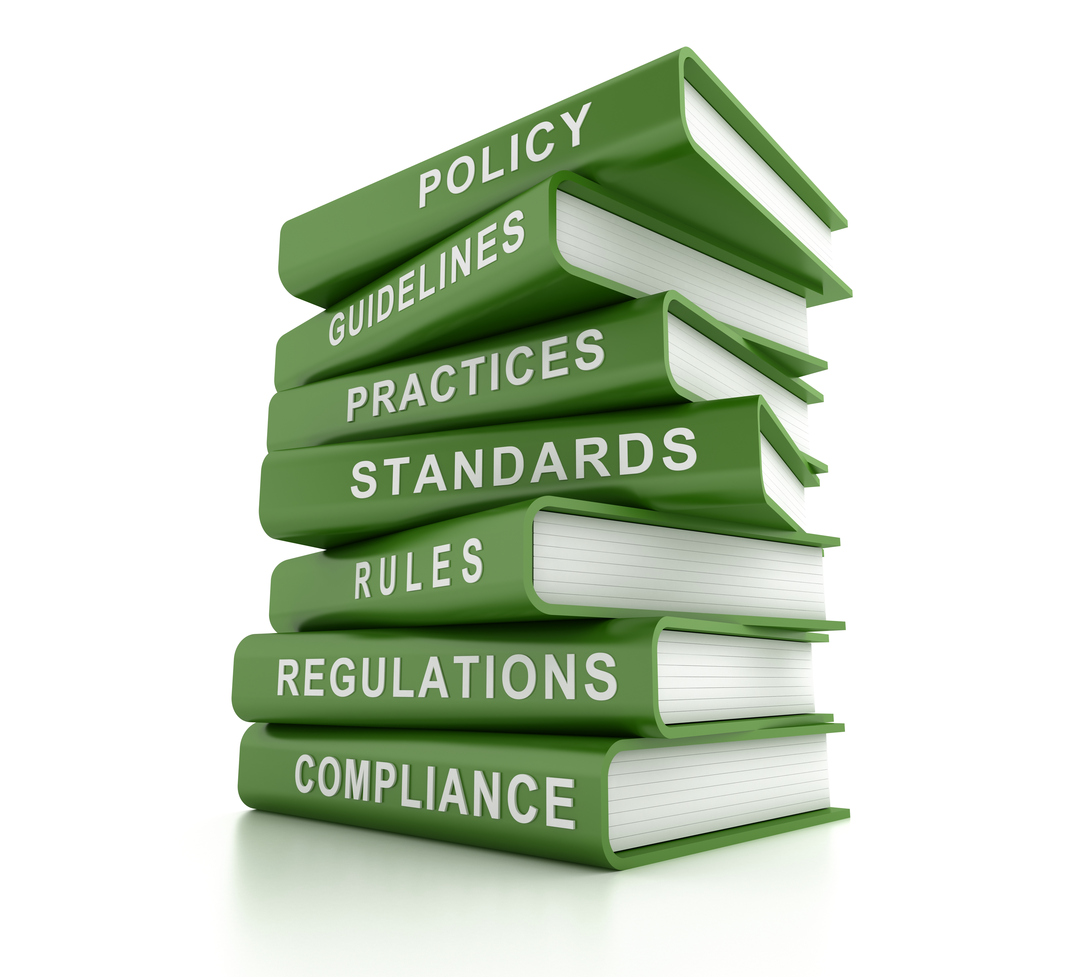FDA published an updated Manual of Policy and Procedure (MaPP), 5310.7 after a 10-year first edition and this one (in my opinion) really clears up one of the age-old questions – can I cite a foreign compendia as the basis for establishing a specification or test method in my application? The answer is a resounding YES!if the method is as good as or better than the USP/NF provisions in a Monograph or in the General Chapters.
In the MaPP, the FDA explains its purpose:
- This MAPP provides clarification to Office of Pharmaceutical Quality (OPQ) reviewers on the appropriate use of quality standards for excipients, drug substances, and drug products found in alternative compendia, specifically, the British Pharmacopoeia (BP), the European Pharmacopoeia (EP), and the Japanese Pharmacopoeia (JP), during chemistry, manufacturing, and controls (CMC) review of new drug applications (i.e., investigational new drug applications (INDs) and new drug applications (NDAs)).
- This MAPP is not intended to establish the BP, EP, and/or JP as official compendia in place of, or in addition to, the United States Pharmacopeia/National Formulary (USP/NF).
- This MAPP is not intended to preclude any current efforts to establish a process for evaluation and regulatory acceptance of harmonized analytical procedures and/or acceptance criteria.
The MaPP goes on to explain:
“It is not uncommon for drug sponsors and applicants to propose specifications (i.e., attributes, analytical procedures, and acceptance criteria) for the excipients, drug substances, and drug products in their applications based on quality standards in the British Pharmacopoeia (BP), the European Pharmacopoeia (EP), or the Japanese Pharmacopoeia (JP). However, because the United States Pharmacopeia/National Formulary (USP/NF) is a drug compendium officially recognized in the United States, reviewers have been reluctant to accept BP, EP, or JP quality standards as part of the drug application review process, even when the standards in the BP, EP, or JP are equivalent to or better than the corresponding USP/NF standards. In the past, reviewers gave varying advice to the pharmaceutical industry about the use of these standards in applications. Some have informed companies that standards in USP/NF monographs must be used as the specifications; others have said that the standards in the BP/EP/JP monographs could be used, but the USP/NF monographs would be considered the official standards.”
The Agency also clarifies what it means by equivalent or better:
“Equivalent standards have the same acceptance criteria and make use of analytical procedures based on similar principles (e.g., chromatographic, spectroscopic, titration) and performance characteristics (e.g., specificity, accuracy, precision). A standard can be considered better than a corresponding standard for a number of reasons, including narrower ranges for acceptance criteria or superior performance of the analytical procedure (e.g., improved specificity, greater accuracy).”
Remember that a MaPP tells Agency personnel what or how to do something, so this is essentially an internal policy; however, it certainly clarifies the problem that industry has had with specific reviewers telling then that, even though you adopt a BP, EP, or JP specification or method, the product will be held to the USP. Take a gander at the entire MaPP (here) and, remember that it is still up to the OPQ staff reviewers to agree with your justification that the method is as good as or better than the USP/NF.



